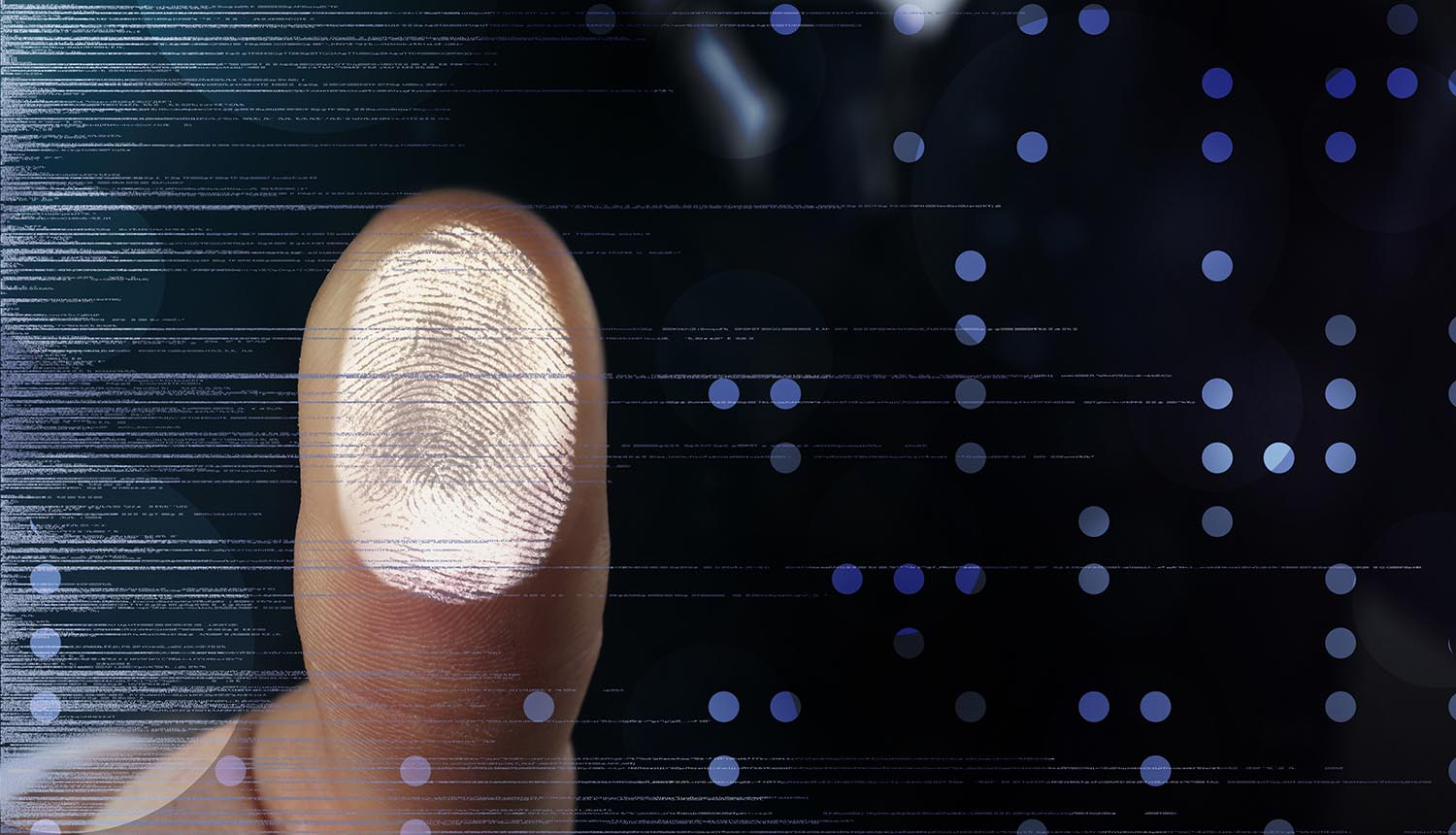How Important is the Fingerprint in Identification and Detection?

Whether a law enforcement officer or a private citizen, you may have wondered how important the fingerprint is in identification and detection. Many factors are involved, and knowing how to get the most out of your fingerprints is essential.
Criminalistics
Besides being used for fingerprint criminal background checks they are also used in tracking criminal records. These are essential pieces of evidence because they are unique and reliable. They are often used in a criminal investigation to link a suspect to a crime scene. They also offer detectives and investigators a higher probability of solving a crime than DNA.
Using a fingerprint can also help investigators link a crime to a particular individual. For example, if a woman commits a crime, detectives may use her fingerprint to track the person involved.
A fingerprint is an impression left by the friction ridges of a human finger. There are many ways to collect a fingerprint, including using adhesive powders. These can be applied to a variety of surfaces. They can be left on nonporous surfaces such as glass and metal or porous surfaces such as soil.
Although they are not the most objective evidence, they have been used to help solve crimes for centuries. Compared to DNA, fingerprints are relatively inexpensive. They are also easy to collect.
Identification
Using fingerprints in identification is a valuable tool for crime investigators. Fingerprints are unique to every individual, and a trained expert can identify them. This helps investigators to identify potential suspects and track their criminal records. Often, fingerprints are used to determine whether a suspect is a person of interest in a crime.
Using fingerprints in identification can be a complex process. Often, the process is more complicated than people may realize. This is because many factors go into making a fingerprint. Using fingerprints is also important because they can help to establish a suspect’s alibi.
Using fingerprints in identification is not a new concept. Since the late nineteenth century, police agencies have used fingerprints to identify. Fingerprint identification quickly became the most reliable method of identifying suspects.
The first person convicted of a murder based on fingerprint evidence was Thomas Jennings. He was accused of murdering Clarence Hiller in 1910. The jury found him guilty. In 1915, twenty-two criminal identification personnel met in Oakland, California.
Detection
Detecting fingerprints can be a vital part of a criminal investigation. They can be used to identify a suspect, a victim, or an incapacitated person. They are durable, which makes them an ideal long-term marker of identity.
Detecting fingerprints is done using a variety of techniques. These methods can involve basic powder techniques, chemicals, or photography. Some prints are compared manually by a human fingerprint analyst.
A fingerprint “developer” is a chemical reagent that produces high contrast between ridge patterns and the surface. Typically, the reagent is a powder. Some reagents react with amino acids, water, and organic materials.
Some scientists are working on improving the clarity of fingerprints. These techniques include ethyl cyanoacrylate polymerization, vacuum metal deposition, and vacuum metal deposition with zinc.
For example, vacuum metal deposition is a technique that uses gold, zinc, and fat layers as thin as a single molecule. The method can detect the fat layers in a person’s fingerprint.
However, fingerprint analysis has only become feasible in the last decade. This is because chemical analysis of fingerprints was not possible before that.
Latent fingerprints
Identifying latent fingerprints is a crucial part of forensic analysis. Using latent prints can help criminal investigators link a series of crimes together. This evidence has been used in criminal investigations for over a century.
To detect latent fingerprints, investigators use special chemical reagents. These reagents help make latent prints visible and clear. Forensic light sources can also be used to enhance detection. These techniques can reveal latent prints on textured surfaces.
Investigators can dust or fume the surface to detect fingerprints when investigating a crime scene. They may also use an alternate light source to improve image quality. These alternate light sources emit a specific wavelength of light and a laser or LED device.
Investigators can also use forensic light sources to increase the types of surfaces where latent fingerprints are visible. These techniques can be used to detect latent prints on textured surfaces such as glass, plastics, and wood.
The FBI Laboratory Division sponsored the research. Noblis, Inc. and the FBI Biometric Center of Excellence also provided funding.
Optical, CMOS, and Ultrasound fingerprint scanners
The fingerprint is the most studied biometric characteristic. Various imaging technologies have been developed for imaging the characteristics of the human fingerprint. Ultrasound is one of the most common imaging technologies. It has been applied for imaging the palmprint, fingerprint, and hand veins. It is used for security purposes in civil and industrial applications.
Ultrasound transducers for biometric recognition have been in existence since the pioneering experiments. They have been developed in several forms but have never proved accurate enough to provide accurate recognition.
One approach to developing a fingerprint sensor uses piezoelectric materials for scanning in two dimensions. Piezoelectric materials can be used to measure the reflected energy of an ultrasonic wave.
Another approach uses a polydimethylsiloxane waveguide. This technique can also be used to obtain fingerprint patterns from underskin layers.
The fingerprint sensor design has been improved and expanded to include the dermis layer. The sensor array is composed of a driving electrode, a receiving electrode, and a touchscreen panel. The array is 65 mm by 2 mm and overlaps the fingerprint at an area of w x l x h.
Also Read: Point of care ultrasound market analysis






